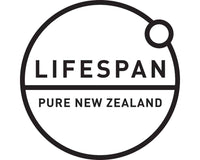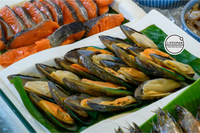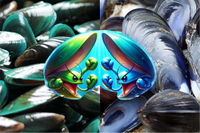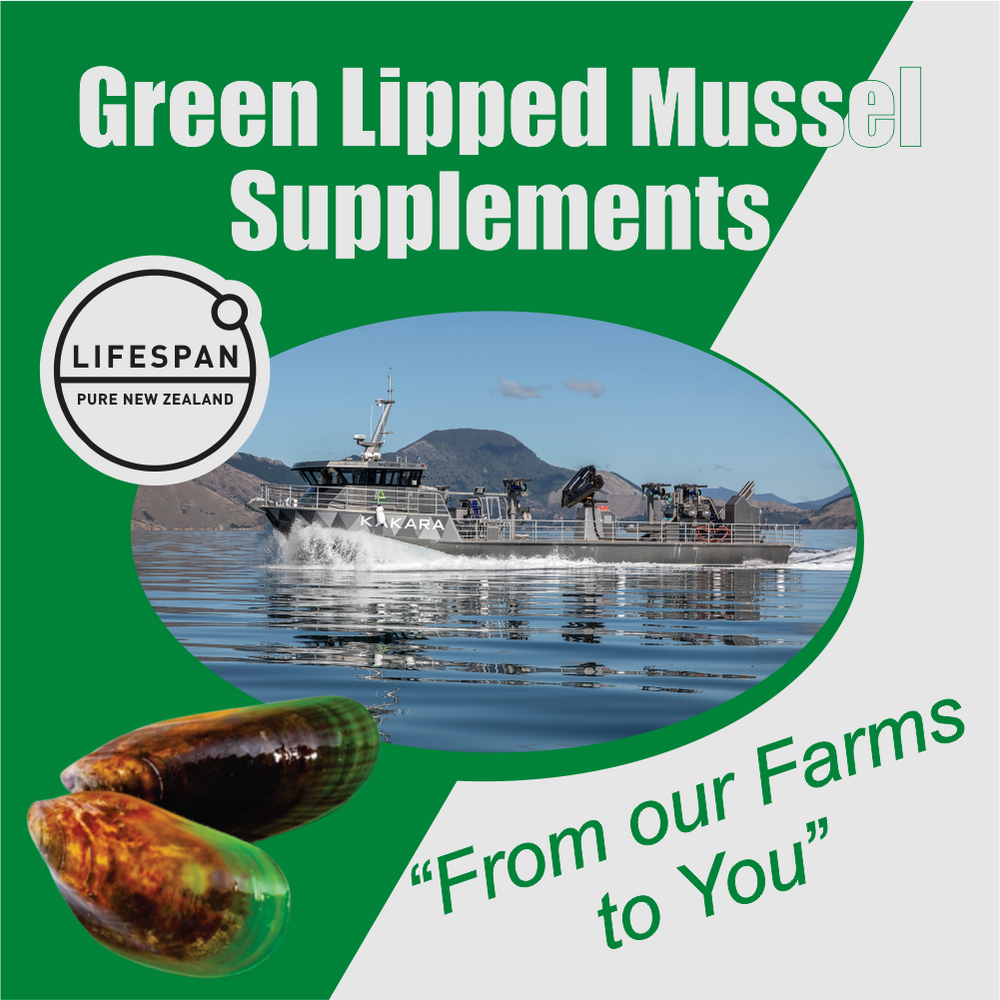
Directly from the Source to Your Doorstep:
At Lifespan, we proudly manage mussel farms nestled in the pristine waters of New Zealand. Here, we harvest and create a variety of mussel powder products that form the basis of our unique capsules, oils, and creams. These products are developed using state-of-the-art extraction methods to ensure the highest quality.
Recent posts
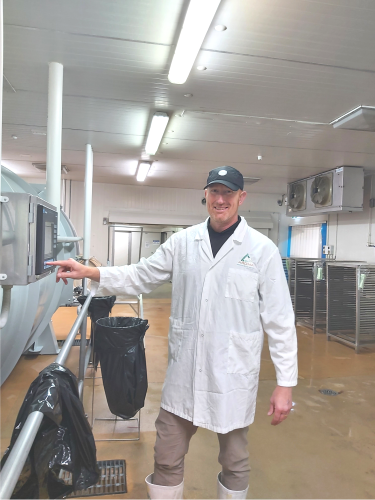
About the Author
Ben Winters, a key member of the Aroma NZ team, brings an exceptional blend of experience and expertise to the world of marine supplements. With a hands-on approach spanning from sustainable farming practices to advanced freeze-drying techniques, Ben ensures that Aroma NZ's green lipped mussel powder, a globally sought-after product, maintains the highest standards. His deep involvement in every stage, from farm to final product, not only reflects his commitment to quality but also provides him with unique insights that enrich the content of his blogs, making them an invaluable resource for anyone interested in natural health solutions.
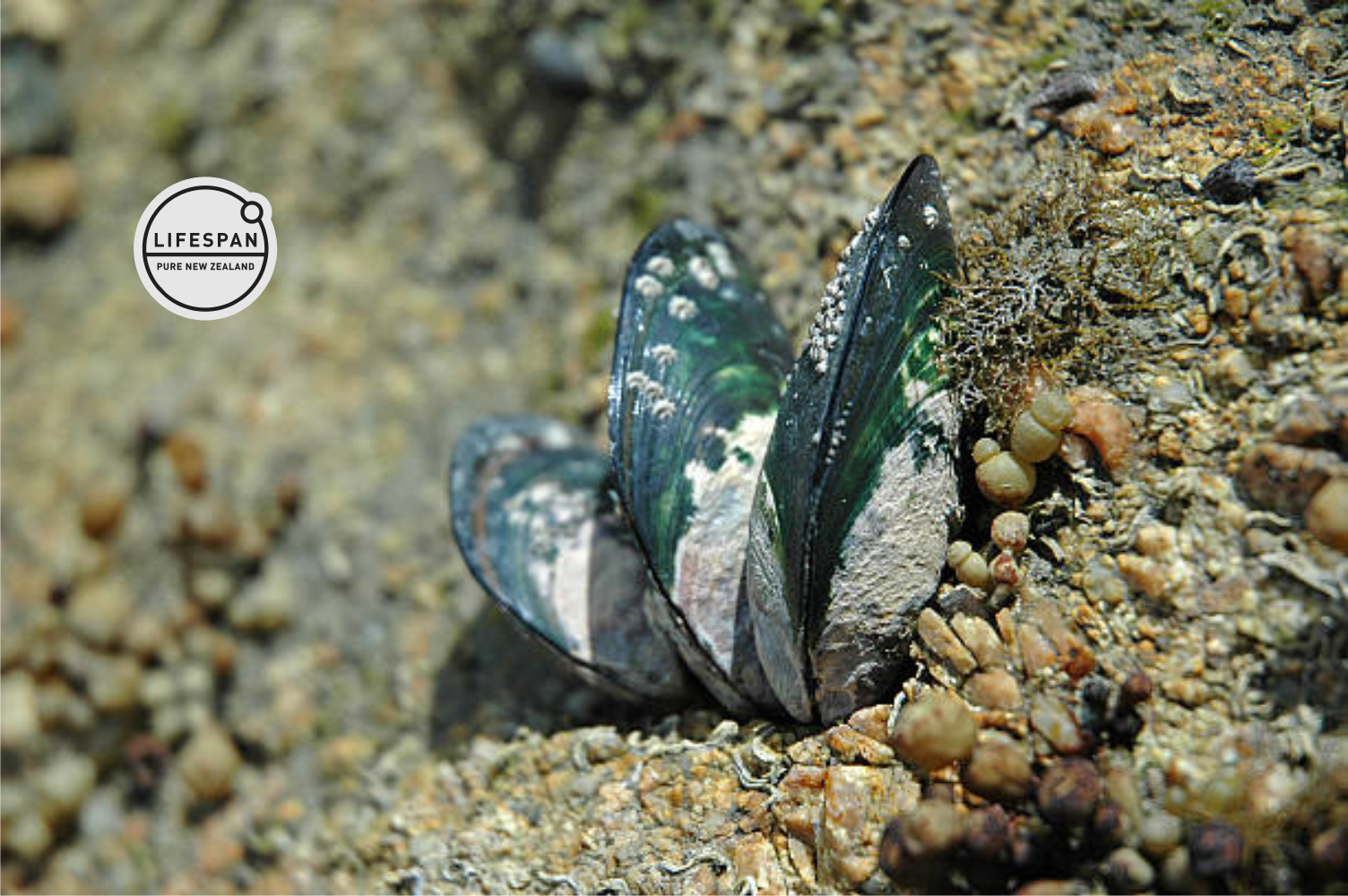
NZ Green Lipped Mussel: A Journey Through Its Life and Role in the Marine Ecosystem
By Ben Winters
The Unique World of the NZ Green Lipped Mussel
The NZ green lipped mussel, known scientifically as Perna canaliculus, is a marine species that embodies the biodiversity of New Zealand's coastal waters.
This distinctive mussel, with its deep green shell edged in vibrant green, is predominantly found in the sheltered inlets and bays of New Zealand’s North and South Islands, particularly flourishing in the Marlborough Sounds, Hauraki Gulf, and around Stewart Island.
As an efficient filter feeder, it plays a critical role in maintaining the water quality and clarity of its habitat.
This role is vital for the health of the coastal ecosystems, where these mussels form dense clusters on rocks and other submerged surfaces, creating habitats for various marine life.
Beyond their ecological significance, these mussels hold a special place in New Zealand’s culture and economy. Revered by Maori communities and central to local aquaculture, they are a key contributor to the country's nutritional health supplement and seafood industry, both domestically and internationally.
The green lipped mussel is thus a symbol of the intertwining of nature, culture, and economic sustenance in New Zealand.
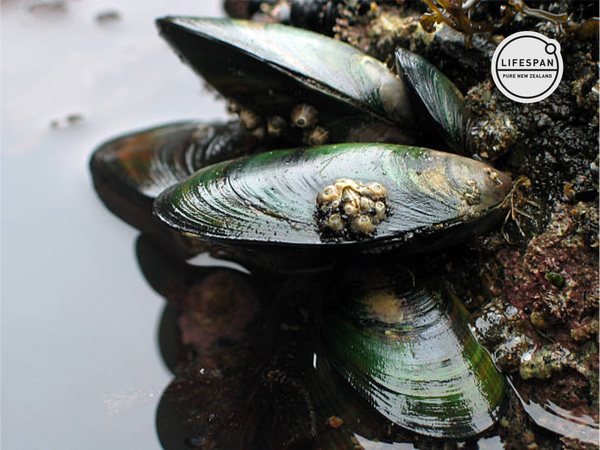
The Early Life of the NZ Green Lipped Mussel
The life cycle of the NZ green lipped mussel is a marvel of nature, beginning with a complex and delicate process that sets the stage for the species' survival and proliferation. The journey from spawning to settling as juveniles is both precarious and fascinating, underpinning the mussel's role in the marine ecosystem.
The cycle commences with spawning, a synchronised event typically occurring in the warmer months, when conditions are favorable.
Female mussels release millions of eggs into the water, while males contribute sperm, leading to external fertilisation in the open sea. This mass spawning event is a spectacle of nature’s timing and precision.
Post-fertilisation, the eggs quickly evolve into free-swimming larvae.
This larval stage is not just a developmental phase but also a journey of dispersion. Carried by ocean currents, these larvae can travel great distances, which is essential for the spread of the species. Over several weeks, they undergo transformations, gradually taking on the characteristics of adult mussels.
The transition from larvae to juveniles is marked by the settlement phase.
In this critical stage, the larvae, now sufficiently developed, seek out suitable substrates like rocks or established mussel beds. This shift from a nomadic to a stationary lifestyle is a significant metamorphosis. They attach themselves firmly to the seafloor, beginning their life as juvenile mussels, anchored and ready to grow.
From Juvenile to Mature Adult in the Life of the NZ Green Lipped Mussel
As juvenile NZ green lipped mussels settle into their new homes on the seafloor, they embark on a journey of growth and development, transitioning into mature adults. This phase of their life is critical, marked by changes in their physical structure, feeding habits, and interactions with their environment.
Upon settling, the juveniles enter a period of rapid growth.
In their new stationary life, they start to develop the strong, iridescent shells that are characteristic of mature green lipped mussels. The rate of growth is influenced by several factors including water temperature, availability of nutrients, and the overall health of their environment.
Typically, these mussels grow quickly in the first few years of their life, reaching commercial size within about 12 to 18 months in ideal conditions.
The green lipped mussel is a filter feeder, drawing in water and extracting nutrients such as plankton and other microscopic organisms.
This feeding process not only nourishes the mussels but also plays a significant role in maintaining the clarity and quality of the surrounding water. The health and growth of the mussels are thus intimately connected with the health of the marine ecosystem they inhabit.
Reaching maturity is a key milestone in the life of the Green Lipped Mussel.
Maturity typically occurs when they are about two to three years old, at which point they can start participating in the spawning process. The cycle of life thus continues, with mature mussels contributing to the next generation, ensuring the survival and proliferation of their species.
The Adult Phase and Lifespan of the NZ Green Lipped Mussel
Once the NZ green lipped mussel reaches adulthood, it enters a stage of its life that is crucial for both its species and the marine environment. Understanding the adult phase and the factors that influence the mussel's lifespan provides insight into the species' ecological significance and the challenges it faces.
Adult green lipped mussels, having reached their full size and reproductive maturity, play a pivotal role in their ecosystem.
They continue to filter and purify water, contributing to the health of their surroundings. In their adult phase, these mussels are more resilient to environmental changes than in their earlier stages, but they still face numerous challenges.
The lifespan of an NZ green lipped mussel can vary, typically ranging from several years up to a decade under ideal conditions.
This longevity is influenced by various factors, including environmental conditions like water temperature and quality, availability of food, and the presence of pollutants. Additionally, natural predators, such as sea stars, fish, and seabirds, as well as human activities like harvesting, can significantly impact their lifespan.
Throughout their adult life, green lipped mussels participate in annual spawning events, contributing to the species' sustainability. The health of adult mussels, therefore, directly influences the success of these spawning events and the future generations of the population.
Challenges and Threats to the NZ Green Lipped Mussel
The life of the NZ green lipped mussel, while resilient and adaptive, is not without its challenges. Various natural and human-induced factors pose threats to their survival and wellbeing. Understanding these challenges is crucial for the conservation and sustainable management of this species.
The Green Lipped Mussel faces threats from natural predators such as sea stars, whelks, and several species of fish and seabirds.
These predators can impact mussel populations, especially when they exist in large numbers. Additionally, mussels are susceptible to diseases and parasites, which can affect their health and reduce their populations. Outbreaks of diseases, often influenced by environmental stressors, can have significant impacts on mussel beds.
Human-Induced Threats Human activities pose a considerable threat to the NZ green lipped mussel. Pollution from industrial and agricultural runoff can contaminate their habitats, affecting the health and growth of the mussels.
Climate change is another critical factor, as it can lead to changes in water temperature and chemistry, impacting mussel reproduction and growth. Furthermore, overfishing and unsustainable aquaculture practices can deplete natural populations, threatening their long-term survival.
Recognising these challenges, there are ongoing efforts to protect and conserve the NZ green lipped mussel populations. These include research into sustainable aquaculture practices, habitat restoration projects, and regulations to control fishing and pollution.
Public awareness and involvement are also key components in the conservation of this species, ensuring that the mussels continue to thrive in their natural habitats.
The NZ green lipped mussel is not just an ecological asset; it holds a place of significance in the cultural heritage and economy of New Zealand.
This section explores the mussel's role in Maori culture and its impact on New Zealand's aquaculture industry.
For the Maori, the indigenous people of New Zealand, the green lipped mussel has long been more than a source of sustenance. It is deeply embedded in their cultural narrative and traditional practices.
Known as ‘kūtai’ in Maori, these mussels have been harvested and consumed for generations, featuring prominently in Maori cuisine and social gatherings. The Maori also value the mussel for its connection to the sea, which is central to their cosmology and spiritual beliefs.
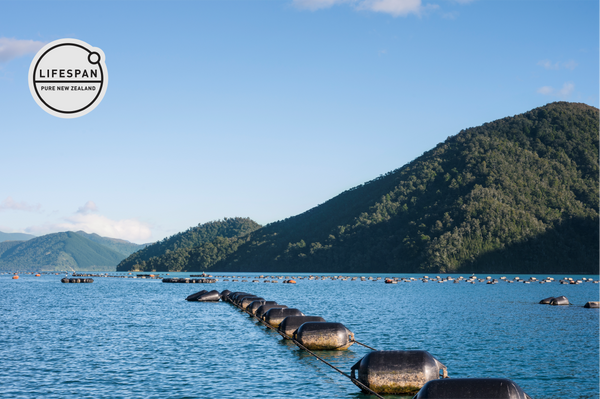
It is one of the country's leading seafood exports, with mussel farming being a major industry in coastal regions.
The cultivation of Green Lipped Mussels is not only a significant source of income for many communities but also a driver of innovation in sustainable aquaculture practices.
The industry has developed techniques that ensure the sustainable growth of mussel populations, contributing to the global seafood market while maintaining ecological balance.
The success of the mussel industry is a testament to the NZ's commitment to sustainable and environmentally conscious aquaculture practices.
The life cycle of the mussel, marked by a complex yet fascinating progression from larvae to adults, underscores the intricacies of marine life. The challenges faced by the species, ranging from natural predators to human-induced environmental impacts, highlight the fragile nature of marine ecosystems. Yet, amidst these challenges, the NZ green lipped mussel stands as a symbol of resilience and adaptability.
